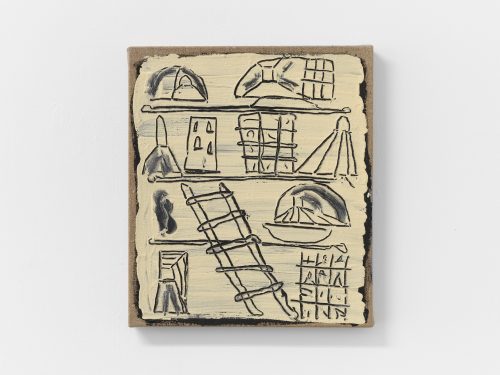
Lisa Jo
Trouble Every Day
Project Info
- 💙 Galerie Molitor
- 💚 Marie-Christine Molitor & Camila Barshee
- 🖤 Lisa Jo
- 💜 Camila Barshee
- 💛 Marjorie Brunet Plaza
Share on

Lisa Jo, Trouble Every Day, installation view at Galerie Molitor
Advertisement
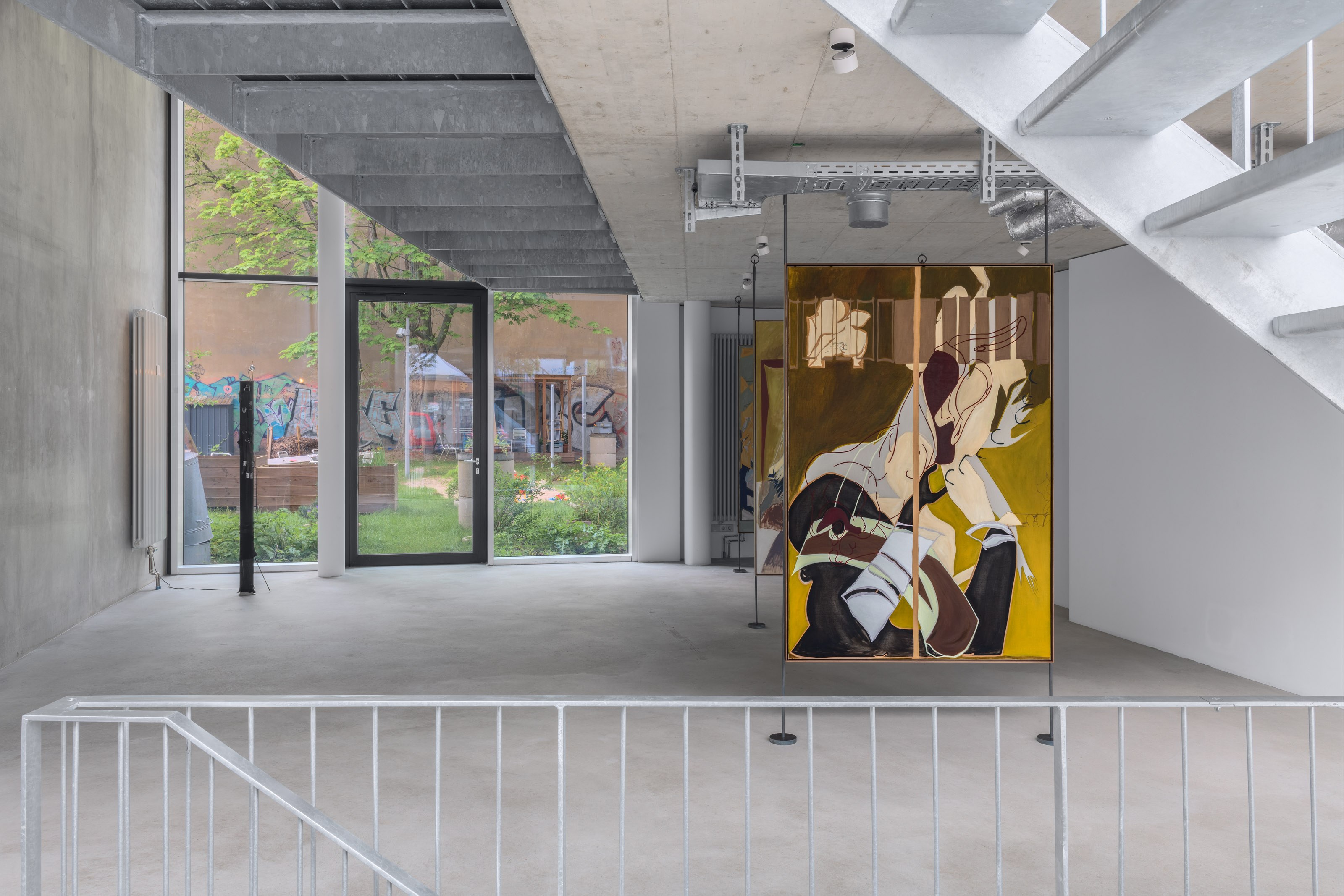
Lisa Jo, Trouble Every Day, installation view at Galerie Molitor
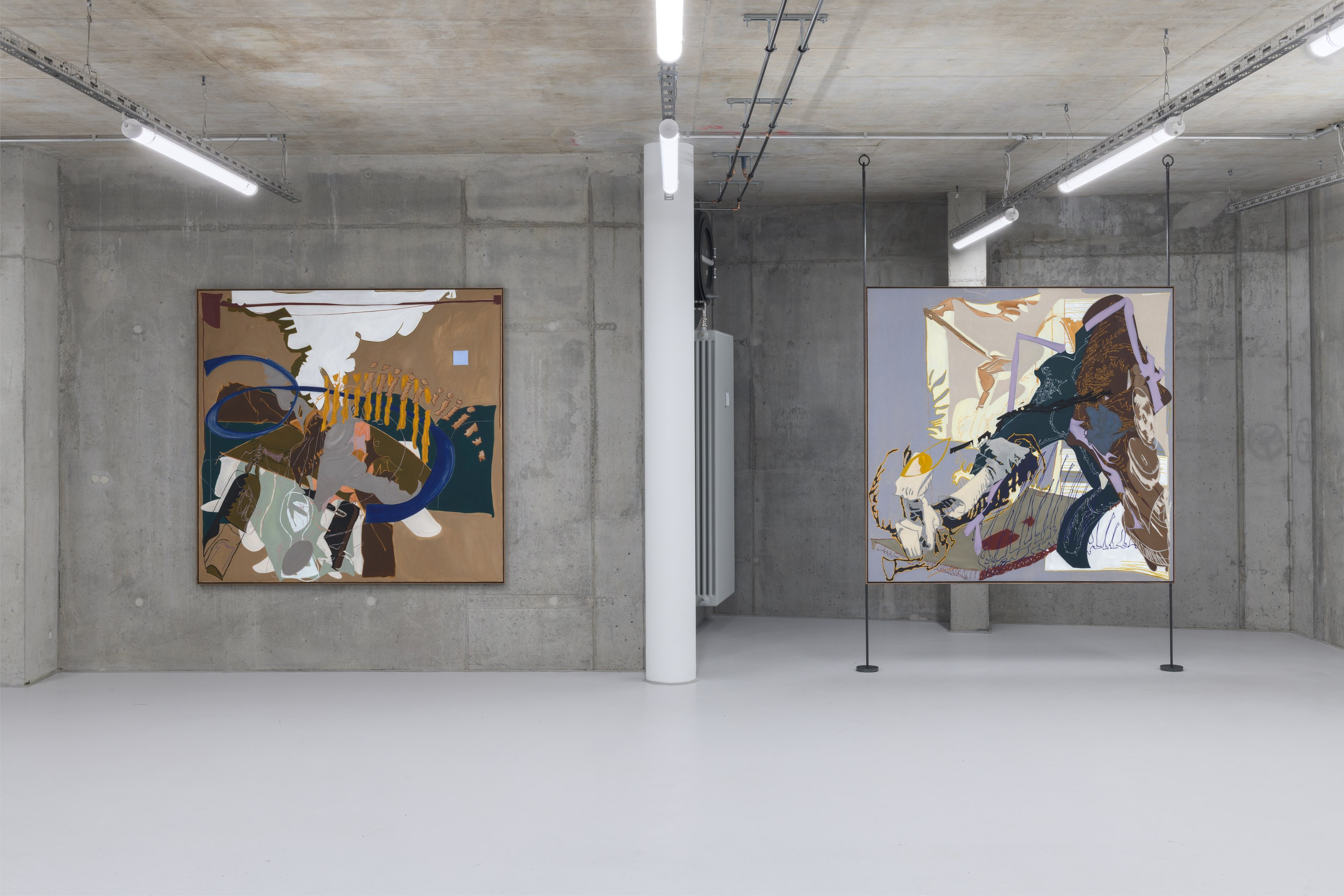
Lisa Jo, New Confessions (2024), Damages (2024), installation view at Galerie Molitor
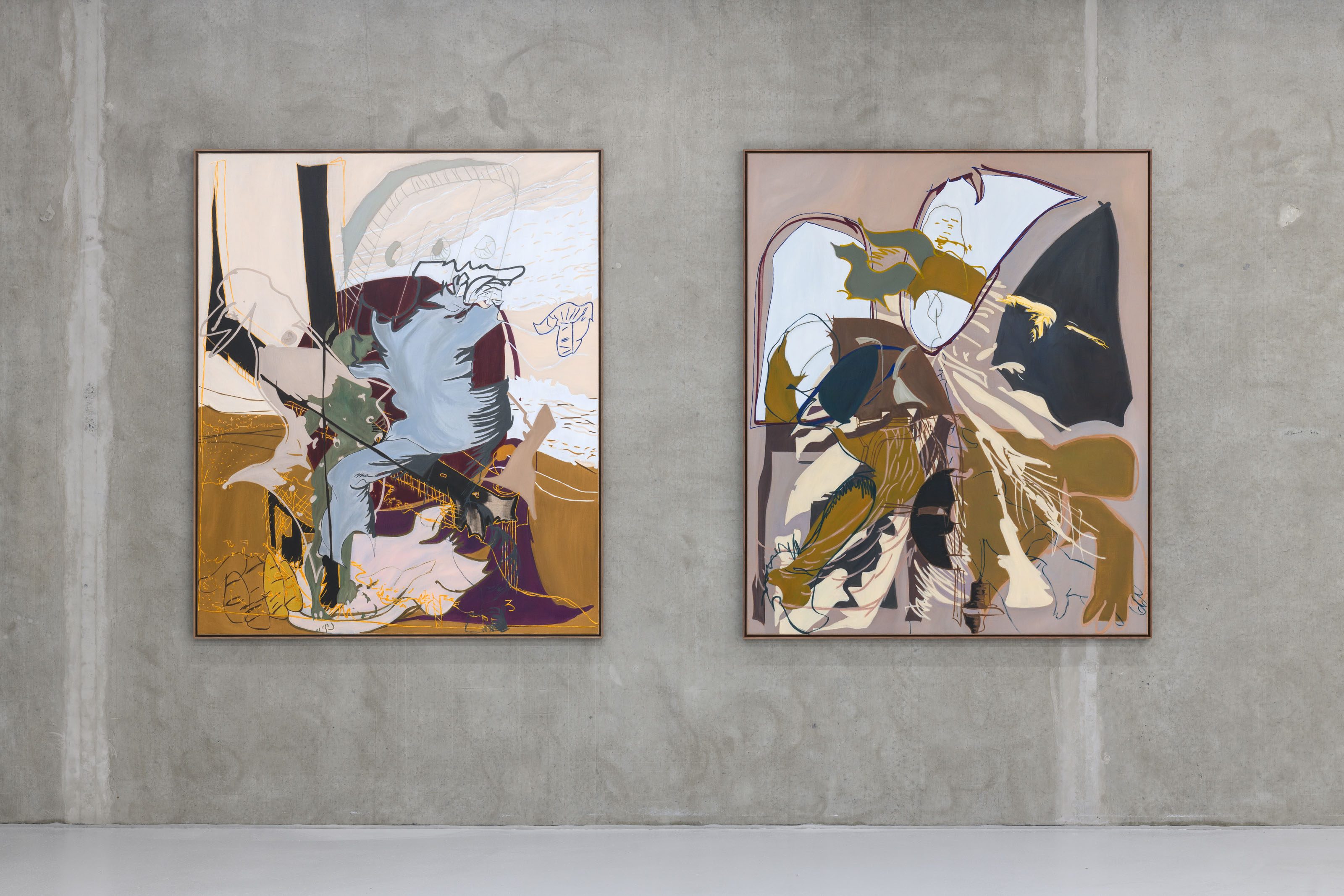
Lisa Jo, Lost Horizon (2024) and Blindspot (2024), installation view at Galerie Molitor
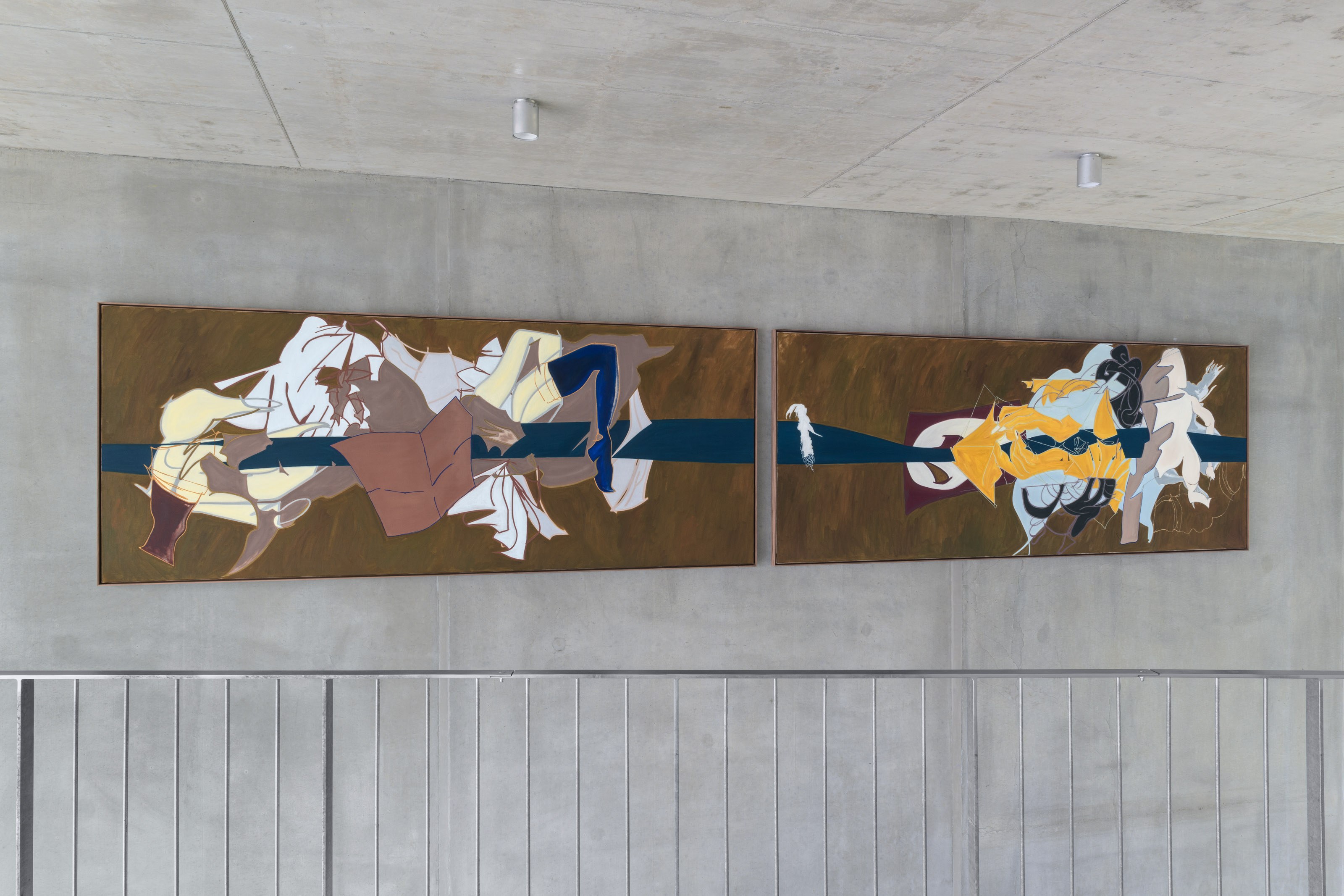
Lisa Jo, No Provenance, No Pleasure (2024) installation view in Trouble Every Day at Galerie Molitor
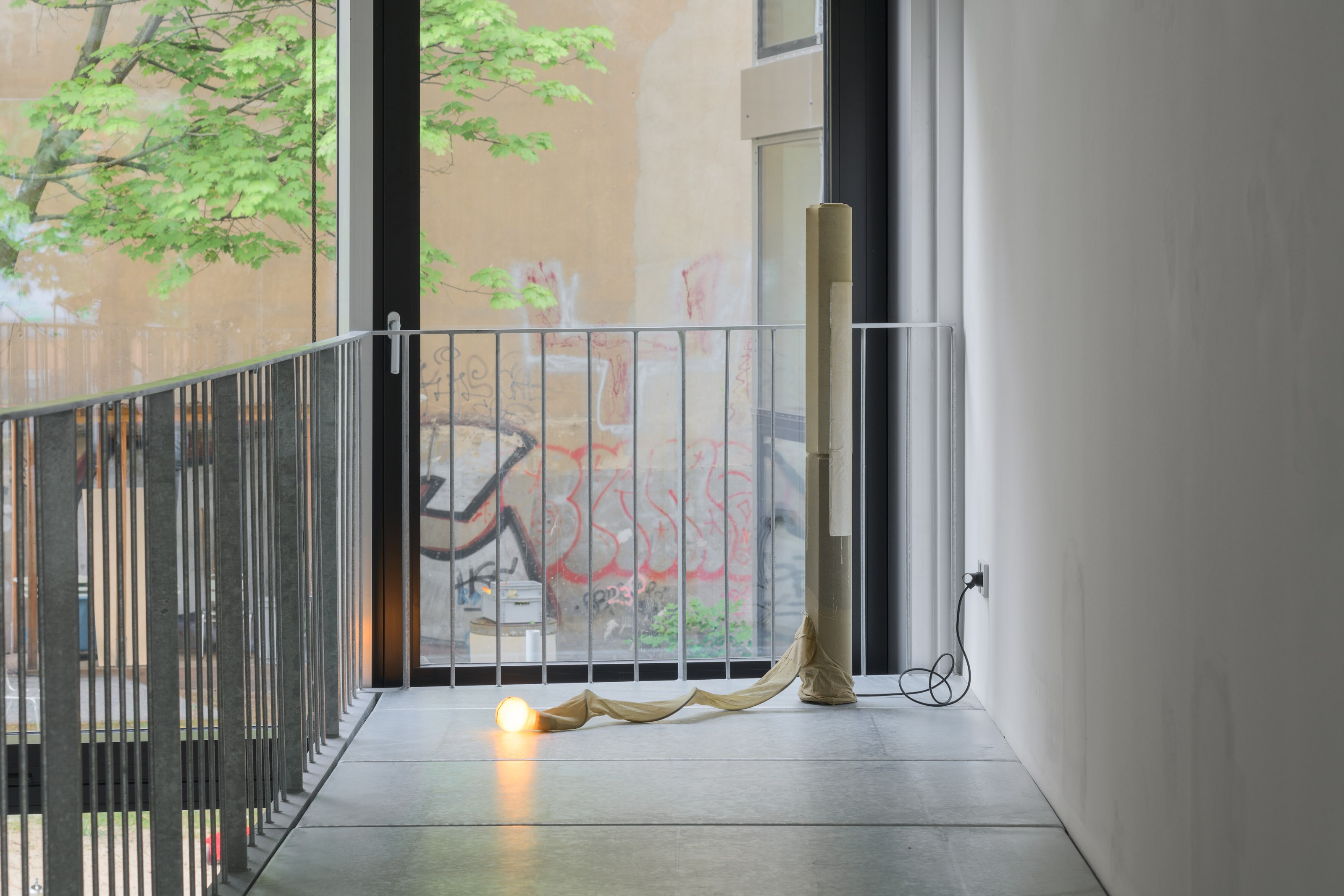
Joseph Bourgois and Lisa Jo, Lamp 1, installation view in Trouble Every Day at Galerie Molitor
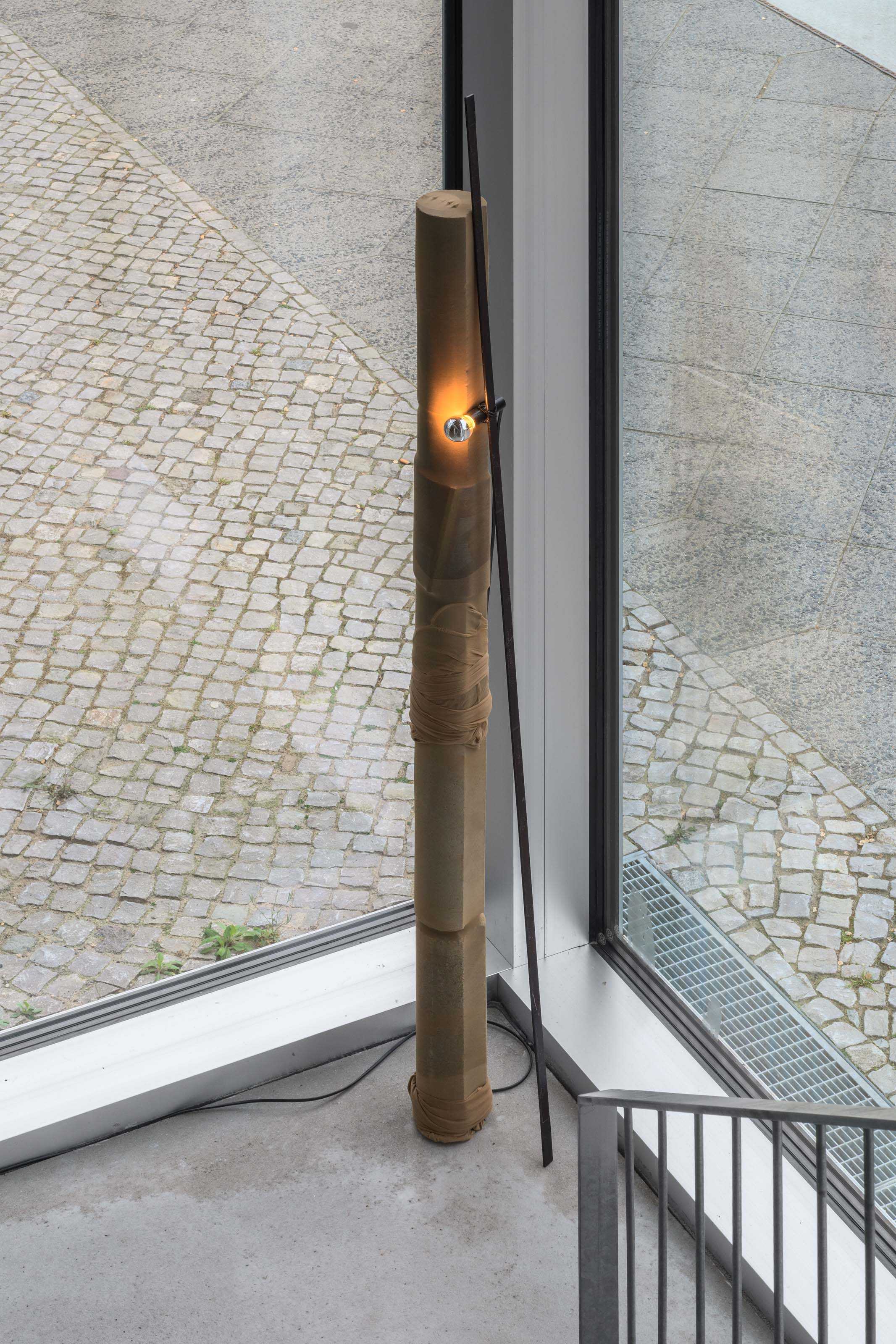
Joseph Bourgois and Lisa Jo, Lamp 4, installation view in Trouble Every Day at Galerie Molitor

Joseph Bourgois and Lisa Jo, Lamp 2, installation view in Trouble Every Day at Galerie Molitor
Lisa Jo’s compositions are on the brink of collapse. She’s after the
suspended image—precarious pause—before things fall apart. In the new
paintings that comprise Trouble Every Day, Jo continues to cultivate a
noir style that she has long sought in her work. This sensibility is something
lifted from her native Los Angeles, tapping into the tension between elusive
foreboding and glaring sunshine that spurred the first cinematic incarnations
of noir. The Berlin-based artist nods to the potent moment of exchange
between Europe and Los Angeles in 1940s Hollywood, where intellectual
exiles were integral to the development of film noir’s erotic, strange, and
unnerving vision. As Mike Davis describes it in his City of Quartz, “the
complex corpus of what we call noir is a fantastic convergence of American
‘tough-guy’ realism, Weimar expressionism, and existentialized Marxism —
all focused on unmasking a ‘bright, guilty place’ (Orson Welles) called Los
Angeles.”
Aaron Sorkin called LA a town so mediated it is “nearly unviewable save
through the fictive scrim of its mythologizers.” It’s as if Jo abstracts that
fictive scrim, or takes the process of its construction as subject. Such an
unmasking is central to Jo’s painterly project, which mediates a process of
revealing and concealing. An initial impression of flatness belies an
intricately layered composition, while glimpses of body parts or hints of
architecture crop up only to be truncated or unraveled just as abruptly.
Addressing painting’s perennial concern with its surface, Jo plays with
negative space, as graphic cut-outs rendered in thinly-applied paint
destabilize the distinction between background and foreground. Any
illusion of immediacy is emphatically just that: an illusion.
There’s something daring in the palette—mottled browns, uneasy yellows—
evocative of a line from Rebecca Morris’s iconic abstractionist manifesto:
“Black and brown, that shit is the future.” Jo resists painting’s ploys for easy
seduction and instead engages the viewer in a kind of edging. Recent
installations accentuate the corporeal quality of these encounters by pulling
paintings off the wall so they become entities approached with one’s whole
body. Informed by research into Carlo Scarpa’s exhibition design, this mode
of interaction echoes the anti-hierarchical formal qualities of the paintings
themselves. These paintings function like broken codes or unfinished
sentences, leaving one to fumble through fractured picture planes. And find
what? No proverbial truths, but discomfort, and moments of grace.
Lisa Jo was born in Los Angeles in 1983 and attended New York University,
receiving a BFA in 2005 and living and working between LA and New
York until moving to Berlin in 2018. Jo’s work has been shown at galleries
and institutions in New York, Los Angeles, Zürich, London, Paris, Cologne,
and most recently at the Kunsthalle Zürich.
Trouble Every Day features lamps made in collaboration by Joseph
Bourgois and Lisa Jo.
Camila Barshee



